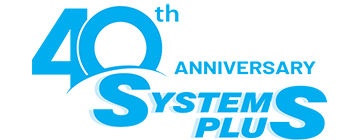Our Cleaning Levels
Pre-Cleaned & Certified
- Washed to EPA guidelines.
- Stringent quality control analysis by independent laboratories.
- Each box is bar-coded with a certificate number for full traceability.
- Security Seals are affixed to each box.
- A signed Certificate of Analysis lists analytes and detection levels.
Pre-Cleaned
- Washed to EPA guidelines.
- Security Seals are affixed to each box.
- Each box is bar-coded and lot-numbered for quality control.
- Signed statement is included in each box, verifying cleaning procedure.
Assembled
-
Customized with chosen containers, caps, preservatives, and labels according to client requirements.
Our Cleaning Methods
Based on EPA protocols, our ProClean containers are cleaned to exacting specifications. We offer three specific cleaning methods, which we recommend based on the container material and chosen application.
At our facility, customized programmable industrial washers ensure each container receives a series of high-pressure washes, as well as acid and deionized water rinses. Forced-air conveyor ovens bake the containers to complete the process.
Learn more about each cleaning method below:
Cleaning Method A
Method A is used for amber and clear glass bottles and jars. It is recommended for use in the analysis of semi-volatiles, including pesticides and PCBs. Containers used for the testing of dioxins and furans will receive an additional solvent rinse.
- Laboratory-grade, phosphate-free detergent wash.
- Acid rinse.
- Multiple hot and cold deionized water rinses.
- Oven-dried.
- Capped and packaged in quality-controlled conditions.
Cleaning Method B
Method B is used for amber and clear glass vials. It is recommended for use in the analysis of Volatile Organic Contaminants (VOCs).
- Laboratory-grade, phosphate-free detergent wash.
- Multiple hot and cold deionized water rinses.
- Oven-dried.
- Capped and packaged in quality-controlled conditions.
Cleaning Method C
Method C is used for plastic containers. It is recommended for use in the analysis of cyanides, metals, and Standard Water Quality Parameters.
- Laboratory-grade, phosphate-free detergent wash.
- Acid rinse.
- Deionized water rinses.
- Air-dried.
- Capped and packaged in quality-controlled conditions.

